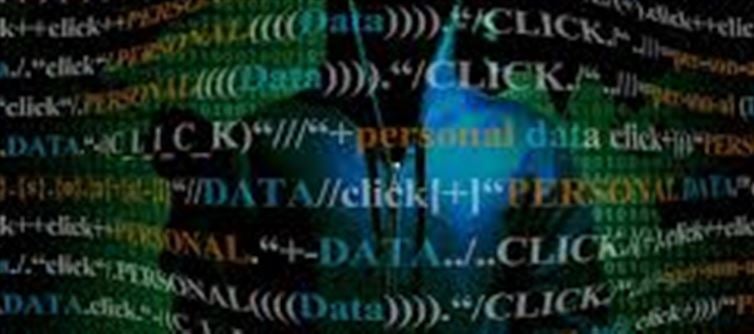
Important Reminder: Public WiFi Safety
Do you frequently use public WiFi? If so, it's crucial to be aware of certain behaviors that can expose you to cyber threats. While the convenience of free WiFi is appealing, it often comes with risks.
Connecting to an unsecured public network can lead to significant problems. Not all free WiFi is trustworthy; hackers can exploit these networks to gain access to your device, stealing passwords, emails, and personal information. Before connecting, take a moment to assess the network's legitimacy to avoid potential harm.
One common mistake is enabling file-sharing features or AirDrop while connected to a public network. This can significantly increase your vulnerability. Cybercriminals can exploit these settings to inject malicious files or malware onto your device. Always disable file-sharing features when using public WiFi to protect your data.
Another critical error is neglecting to use a Virtual Private Network (VPN) and encryption tools. Without a VPN, your data is transmitted openly, making it easy for others to intercept. Always connect to HTTPS sites and utilize a secure VPN to encrypt your internet traffic and safeguard your information from potential hackers.
Additionally, leaving your WiFi on auto-connect can be dangerous. This feature allows your device to automatically connect to any available network, including potentially harmful ones, without your awareness. Hackers may set up fake hotspots with familiar names to capture your sensitive data. To avoid this, ensure that auto-connect is disabled on your device to maintain your privacy and security.
By avoiding these common mistakes, you can significantly enhance your safety while using public WiFi. Stay vigilant and protect your personal information from cyber threats.
Disclaimer: This content has been sourced and edited from Indiaherald. While we have made adjustments for clarity and presentation, the unique content material belongs to its respective authors and internet site. We do not claim possession of the content material.
.jpg)




 click and follow Indiaherald WhatsApp channel
click and follow Indiaherald WhatsApp channel